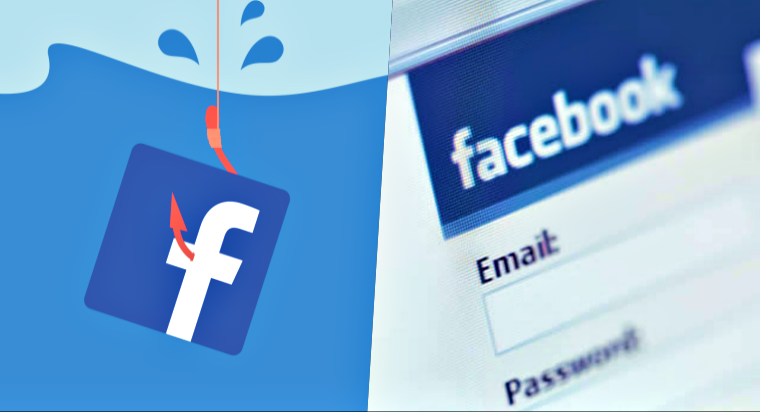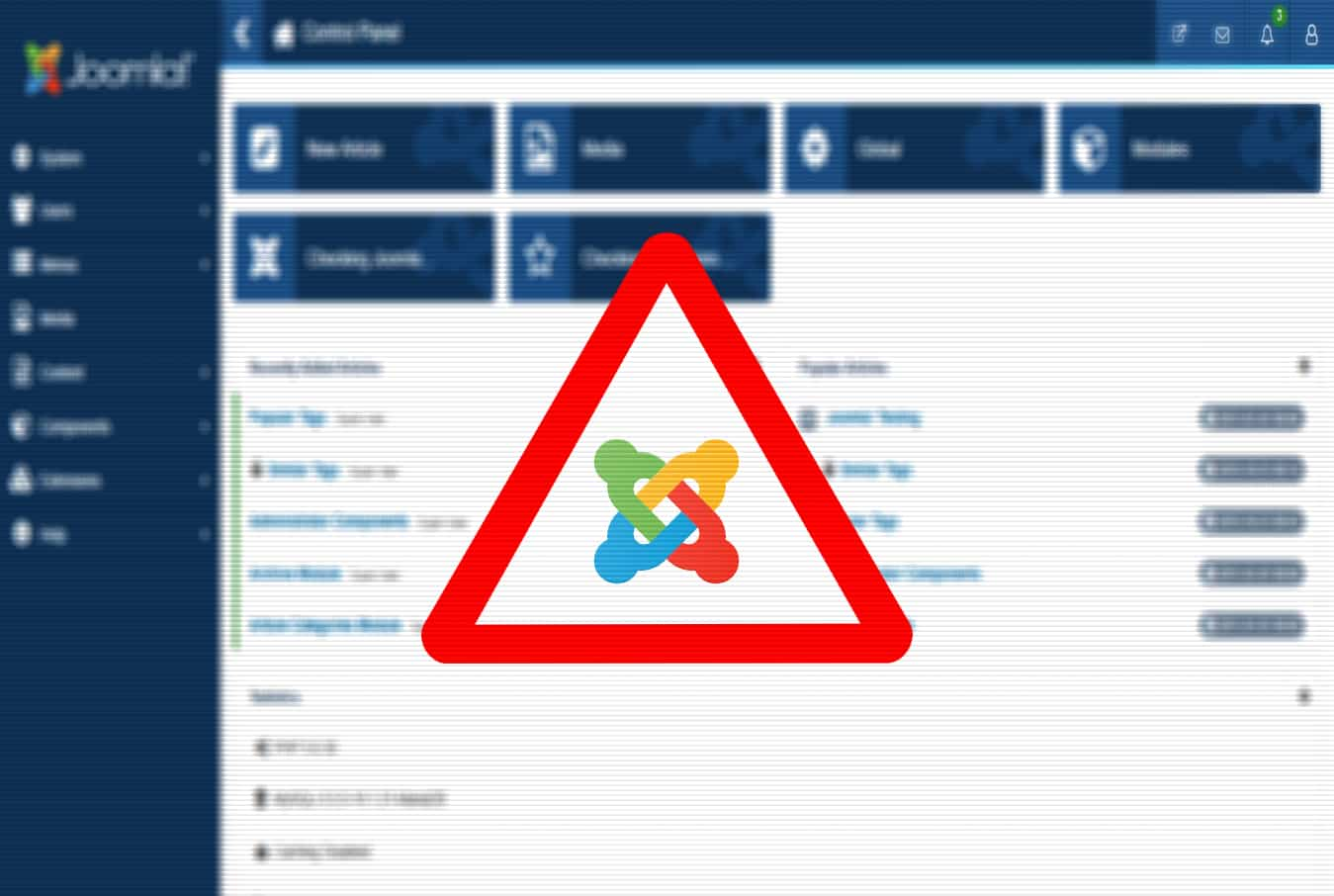Cyber attacks are a real and common issue surrounding businesses and personal accounts, especially if they have sensitive information nowadays. In recent years, there have been multiple data breaches and hackers evolving their cyber attack processes to achieve their goals, which is why everyone should evolve their cyber security.
There are multiple ways to protect ourselves and our companies from cyber attacks, but we must first understand the risks we face. When discussing cyber security, we must consider our passwords, software, websites, browsers, and even Wi-Fi.
What risks do cyber attacks involve?
According to CyberGhost’s guide, the easier targets for cybercriminals are employees, as they can access businesses’ software and systems. It has been proven that cyber attacks have been increasing due to the pandemic and online work.
Some of the risks that cyber attacks involve are:
- Data breaches
- Disrupted devices
- Paralyzed systems
- Bank account hacks
- Electrical blackouts
- Failure of equipment
There are many risks from cyber attacks, which is why it is so important to have good cyber security.
Top 5 Security Risks in 2023
- Ransomware
A ransomware attack has proven to be the most expensive type of cyber attack for victims. Ransomware encrypts victims’ information and restricts users’ access until they pay to get it unlocked. To avoid this kind of infection, you must prevent spam, malvertising, phishing, etc.
- API Attacks
API attacks work through automated threats, such as bot attacks or access violations, which can lead to data loss, stolen private information, or even service disruption. To prevent these kinds of attacks, it is recommended to use antiviruses, VPNs, and ad blockers.
- Social Engineering Attacks
Social engineering attacks are made through psychological manipulation, tricking victims into making security mistakes, such as giving away sensitive information. That can be done with baiting, pretexting, phishing, etc. To prevent these attacks, we must ignore emails and attachments from suspicious sources, use a multifactor authenticator, be wary of tempting offers, and use an antivirus.
- Supply Chain Attacks
Supply chain attacks usually target organizations to hack their supply deliveries and steal them to sell to third-party vendors. They achieve this thanks to malware installation and malware, so if we want to stay safe, we must use antivirus, malware software, and a VPN, and always connect to secure Wi-Fi.
- Fileless Malware Attacks
Fileless malware is one of the hardest malware to detect since it leaves no footprints and relies on no files. Victims usually get this malware by clicking on suspicious links, which leads to the downloading of malware to upload all sensitive information to their database.
So, even if it’s hard to trace, we can easily get protected by using an antivirus, avoiding spam, and activating a VPN and an Ad Blocker.
How can we identify cybersecurity threats?
Cyber attacks have been categorized into three different categories, depending on their objective: financial gain, corporate espionage, or patent theft. Once we know this, we can comprehend how to identify them, since they will always seek access to your devices. They gain access by the following:
- Malware
- Phishing
- Trojans
- Ransomware
- Spear Phishing
- Denial of Service
- Attacks on IoT Devices
- “Man in the Middle” attack
This kind of attack can easily be prevented by not clicking, downloading, logging in, or giving access to others to your devices, accounts, and emails.
How to prevent cyber attacks?
Preventing cyber attacks is easy, but it requires patience and consistency, as results will improve as we evolve our cyber health. If you’d like to improve your cyber security, then you should implement the following activities on your devices.
- Use a VPN.
- Activate an ad blocker.
- Use password managers.
- Invest in a good antivirus.
- Use trustworthy browsers.
- Don’t share accounts with others.
- Activate multi-factor authenticator.
- Always use the last versions of software and apps
- Use strong passwords and change them every four months.
- Separate work and personal information and account access.
If you follow these practices, you can be sure you have good cyber health. Still, you must keep researching new ways at least twice a year, since hackers keep developing new ways to attack as technology advances.
Also, it is important to take care of Wi-Fi protection and always run a malware and virus test if you use public Wi-Fi, as these are vulnerable ways of being hacked.
5 activities to do as an employee/executive for cyber security
- Ask/create cybersecurity training programs.
- Have different devices for both home and work usage.
- Perform a regular audit of cyber protection procedures.
- Install antivirus and VPN software on all work devices.
- Create a backup of all employees’ and clients’ data.









